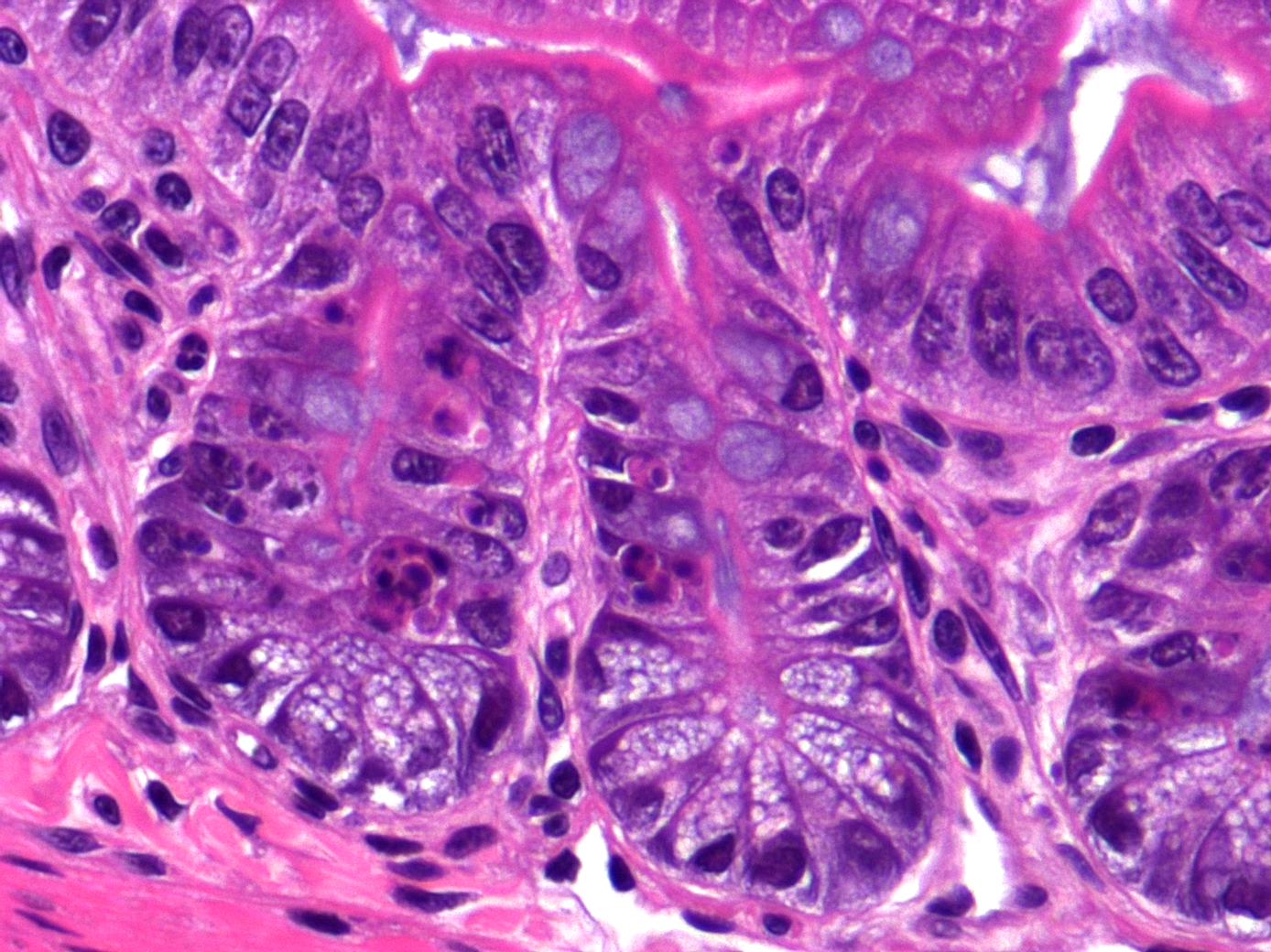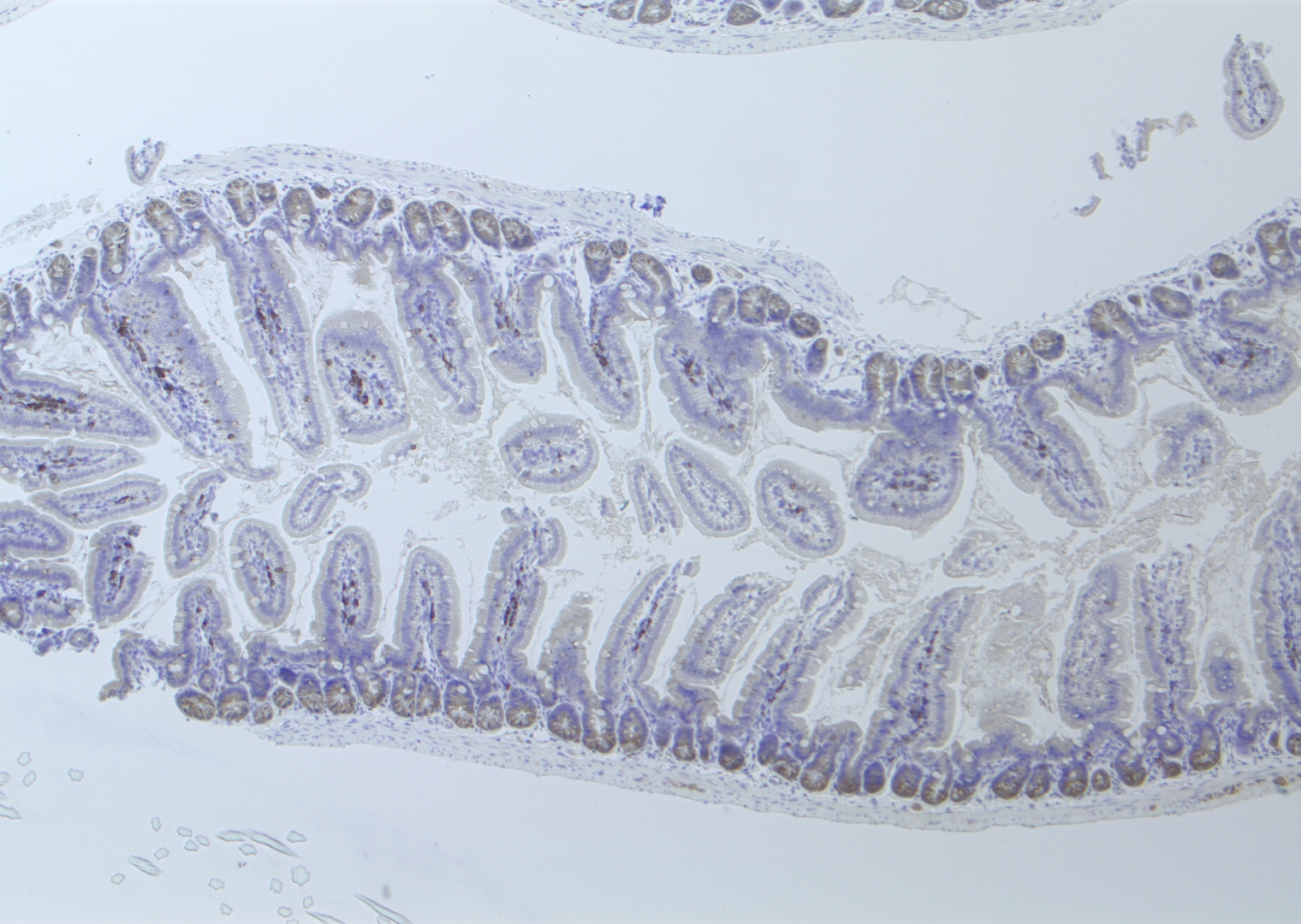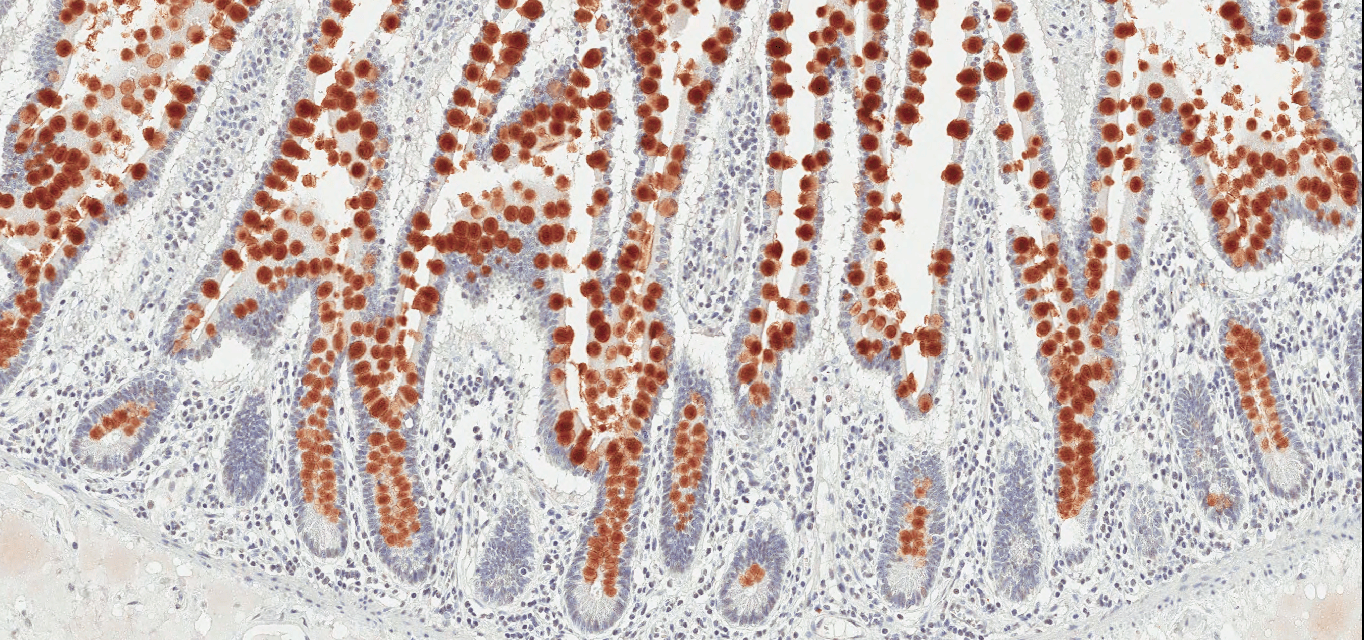The high level of proliferation and poor repair capacity of the GI epithelium make it very susceptible to damage. Given the high turnover rate, the timing of toxicity assessment is crucial when trying to undercover the cause of any change.
These are frequently caused by on target / off tissue toxicities where the intended target is also expressed the GI epithelium and can cause severe toxicity. For example, this rapidly proliferating tissue has many similarities to solid tumours which are also epithelial.
GI Toxicity models available:
- In vivo models
- 2D in vitro models
- Organoid models
- Organoid derived monolayer models
Mucositis is a specific form of GI toxicity, predominantly associated with oncological therapies. Epistem’s gold standard models can be used to assess whether a novel therapeutic agent causes mucositis or whether a potential treatment can prevent or treat this side effect.
The mucositis team at Epistem have been working in this area for over 25 years and can provide a wealth of advice. The experience led to the team being recognised by the National Institute of Health (NIH) to evaluate potential Biodefence countermeasures in response to radiation induced mucositis.
Mucositis models available:
- Gastrointestinal mucositis
- Oral mucositis
- Biodefence



